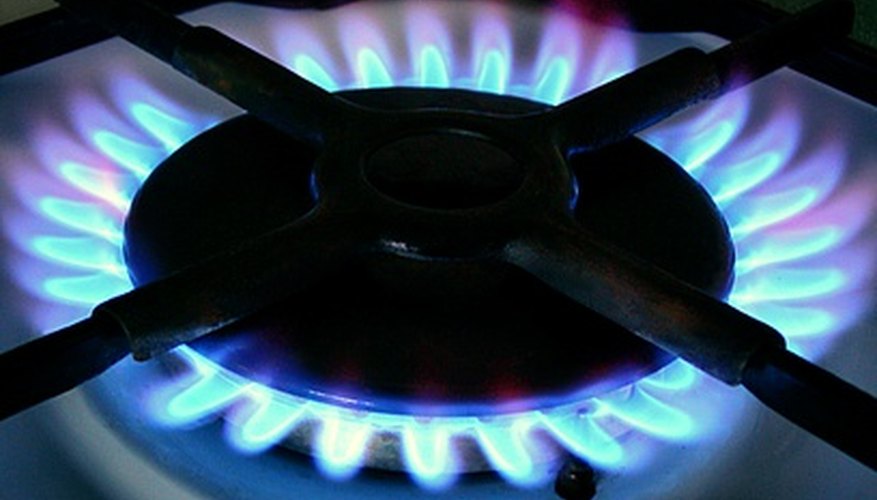Pressure cookers take a little practice to master. They're easy to use but also easy to use incorrectly. Because they cook foods so quickly and in such a high-heat, high-pressure environment, it only takes a moment to burn your meal. When everything's going well, you should smell nothing but the pleasant aromas that come from your ingredients. When foods scorch and burn, you'll know it based on the burning smell.
First Steps
If you smell burning, turn the heat off right away. Don't open the lid until your pan's pressure indicator tells you it's safe to do so. Otherwise, you risk dangerous steam burns. Each manufacturer has a different way to indicate safe pressure, but most have a small valve that drops into the pan when the pressure reaches a safe level. To lower the pressure quickly, place the pot under the faucet and run cold water over the lid.
- If you smell burning, turn the heat off right away.
- Don't open the lid until your pan's pressure indicator tells you it's safe to do so.
Troubleshooting: Lubrication & Liquid
Pressure cookers produce a lot of heat and the force of the steam pushes down on your food. Most pressure cookers don't have see-through lids. These factors make sticking and liquid loss common problems. When your food dries out too soon or too much of it sticks to the bottom of your pan, it will usually scorch and burn. To help prevent these problems, oil your pan or add a small amount of oil to your recipe. Check the liquid level partway through cooking.
- Pressure cookers produce a lot of heat and the force of the steam pushes down on your food.
Troubleshooting: Cooking Times
Pressure cookers shave cooking times down to half or less on many foods. The estimated cooking times in cookbooks or your cooker's manual are just that: estimates. Your stove's heating element may be different and your recipe may not exactly match the stated recipe. The first few times you use the pan, check food halfway through the recommended cooking time to see your progress. You can always bring the cooker back up to full pressure.
- Pressure cookers shave cooking times down to half or less on many foods.
Trouble Shooting: Other
Foods that don't contain a lot of liquid, such as pieces of meat, are more likely to scorch and burn in a pressure cooker. Special racks that elevate the food slightly above the bottom of the pan help prevent this from happening. If you've done everything right and you still experience a burning smell, check to make sure the rubber seal around the lid isn't melting or burning. Look for debris, price stickers, spilt food or oil on the outside of the cooker.
- Foods that don't contain a lot of liquid, such as pieces of meat, are more likely to scorch and burn in a pressure cooker.
- If you've done everything right and you still experience a burning smell, check to make sure the rubber seal around the lid isn't melting or burning.
